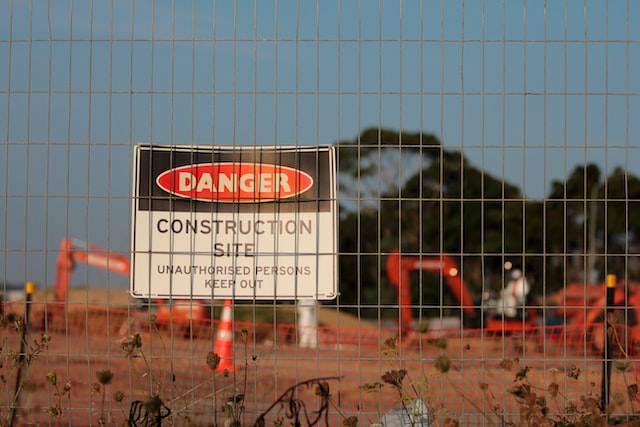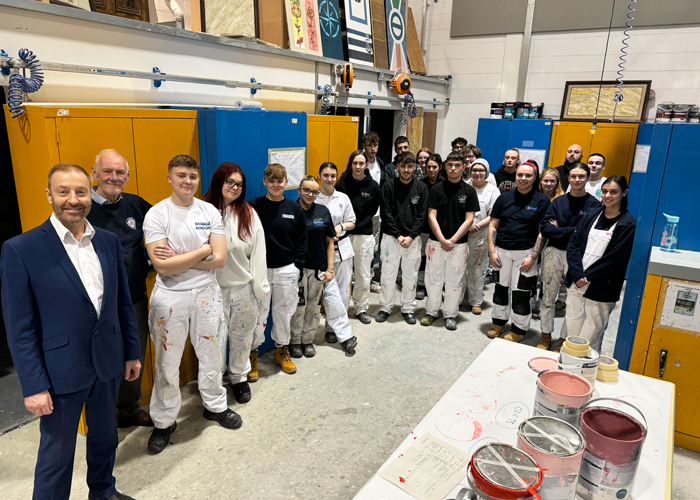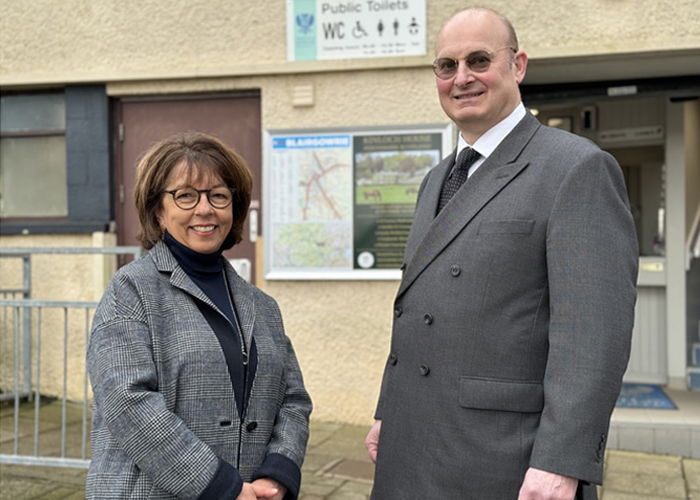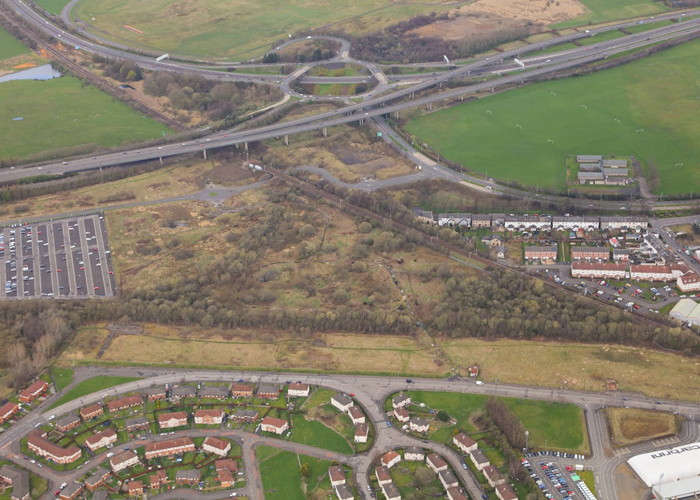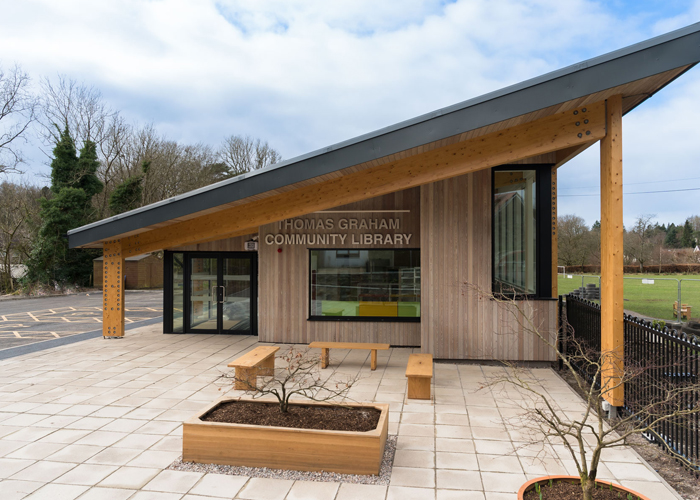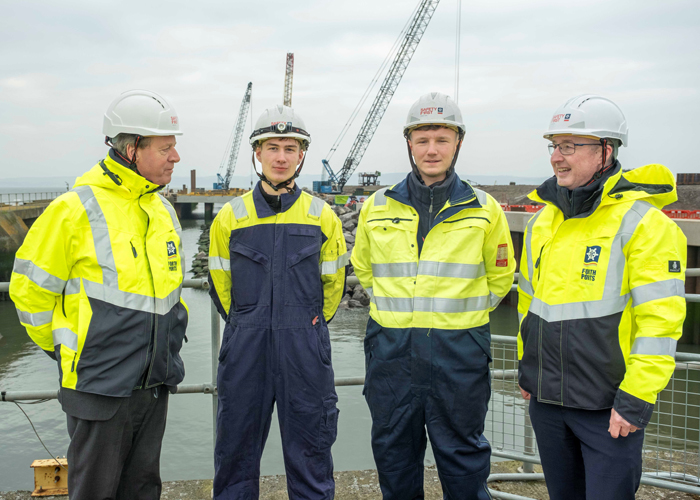There are few things more essential to drillers than a strong commitment to safety. With that in mind, today we’re going to be talking about some of the protocols you can put in place to ensure safe and effective ground drilling operations. From risk assessments to choosing the right equipment, here you’ll find everything you need to know in order to keep your team safe on the job site.
So let’s get started!
Review the safety hazards associated with ground drilling operations
Ground drilling operations come with a variety of safety hazards, including the use of powerful hydraulics and high pressure jets that can produce dangerous kickback. It is essential to ensure that all workers involved in ground drilling operations receive adequate training on safe work practices as well as hazard recognition.
Additionally, safety equipment such as face shields, hard hats, gloves and ear protection should be used to minimize the risk of injury or hearing loss. Proper signage should also be displayed around the job site informing personnel of any existing risks. Like operations on any construction site, ground drilling operations require certain preventative measures to be taken in order to maintain a safe working environment for everyone involved.
Identify the key safety protocols that should be followed to mitigate these hazards
It’s crucial that drilling contractors understand the importance of safety protocols to mitigate potential hazards on site. Key safety protocols include:
- Wearing proper personal protective equipment when working in hazardous areas or with dangerous substances and tools
- Keeping drilling equipment in good condition so that nothing is compromised that would endanger a worker
- Providing adequate training for workers so they know how to use the tools required for their assigned tasks safely and correctly
- Thoroughly inspecting the worksite before starting operations or activities which may present a risk of harm to personnel or property
- Implementing emergency procedures in case of an accident or injury
By taking these steps and adhering to the necessary safety protocols, businesses can reduce injuries and fatalities in the workplace.
Discuss the importance of following these protocols to ensure a safe and effective drilling operation
Following the necessary protocols in any rock drilling operation is non-negotiable. Not adhering to proper safety regulations can lead to a number of seriously dangerous and costly situations, not only for personnel working directly on the project but also for any community at large affected by it.
An ounce of prevention is worth a pound of cure when it comes to drilling operations, so taking the time to understand and follow all existing guidelines set down by expert HSE and ground drilling safety specialists will more than pay off in protecting both workers and the environment.
Efficiency isn’t worth sacrificing people or wildlife, as trusting reliable protocols will guarantee everyone involved remains safe and secure with an operation that produces successful results safely and effectively.
Share best practices for implementing these protocols on your worksite
Implementing safety protocols on the worksite is critical for a safe environment that meets all health, safety and environmental standards. The most effective way to ensure worksite safety is to focus on prevention first, incorporating best practices such as hazard assessment tools, worker education, personnel protective equipment and audit systems.
HSE specialist recommend conducting regular workplace surveys to monitor any new hazards that may arise during changeovers or maintenance work. It’s also important to have clear procedures for incident reporting so workers know how to report any unsafe conditions or incidents immediately. By taking these steps and keeping safety top of mind on the job site, employers can ensure their workers are safely meeting the challenging tasks of their daily operations.
Encourage readers to adopt these protocols on their own worksites to help prevent accidents and injuries
As a health and safety specialist on ground drilling sites, I’ve seen first-hand the importance of implementing preventative protocols to avoid accidents and injuries. Adopting the protocols used on worksites in other areas of your business or organization can prove useful. Not only will you be able to benefit from increased safety protocols, but you’ll also make sure that no one gets unnecessarily injured during their shift.
Taking action now to reinforce existing systems and adding strict policies for personnel on site could mean the difference between life-altering consequences down the road or a safe working day every time. Anyone with an invested interest in workplace safety should encourage others to adopt these protocols and make prevention a priority in their own companies.
Conclusion
Ground drilling operations can be hazardous and it’s essential that the drillers and all other personnel on site are aware of the key safety protocols and follow them strictly. By adopting best practices for implementing these protocols on all worksites, we can reduce the number of accidents and injuries in this industry. It is also important to remember that safety should always be your number one priority when it comes to ground drilling operations.
By following these simple steps, you can ensure maximum safety for yourself and those around you while still conducting effective drilling operations. All ground drilling operations should take extra time to review existing safety protocols and implement them on their own worksites as soon as possible.

